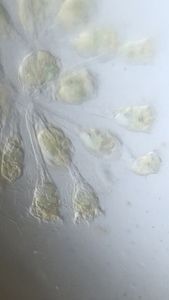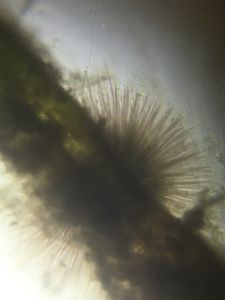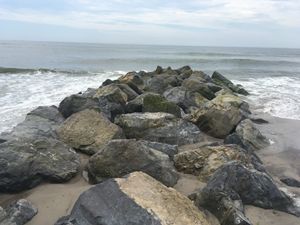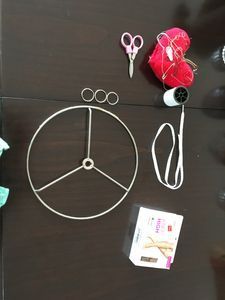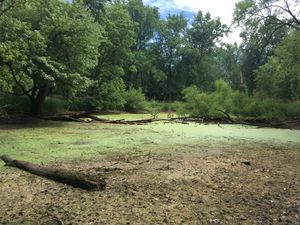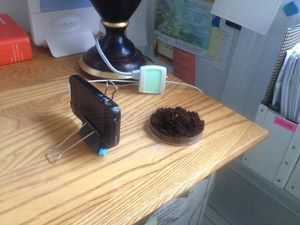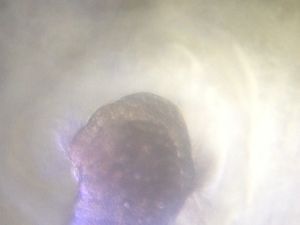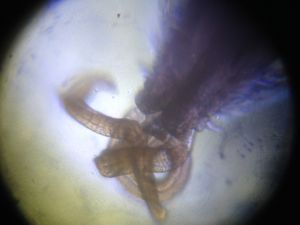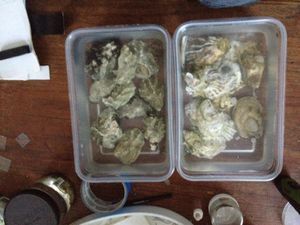Gone Fishing
 Jun 17, 2016 • 9:05 AM UTC
Jun 17, 2016 • 9:05 AM UTC Unknown Location
Unknown Location 140x Magnification
140x Magnification Microorganisms
Microorganisms
Matthew Rossi
I'm a novelist, essayist, and a writing consultant. I work in the writing centers at Columbia and Baruch University and explore research into the overlap of maker cultures and writing. My work with the Foldscope tends to focus on finding wild creatures in urban spaces and looking at how human works are shaped by the movements of the biosphere.
40posts
105comments
4locations
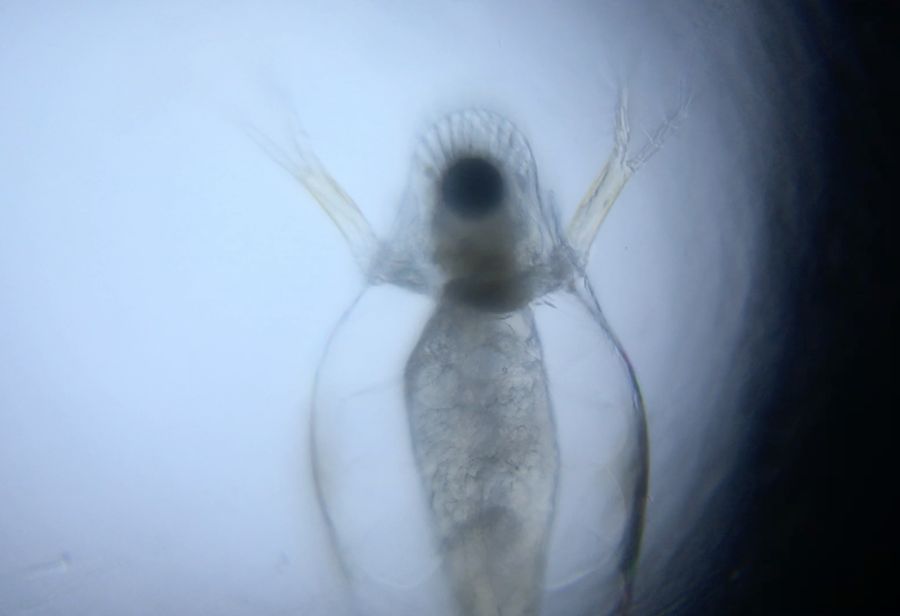
Since I’ve been busy writing and getting ready for a big move, it has been a while since I’ve had the chance to visit the microcosmos, but a couple of weeks ago, I had the chance to head down to New Jersey to visit my parents and spend a few days fishing. Naturally, fishing for me involves some somewhat specialized equipment.
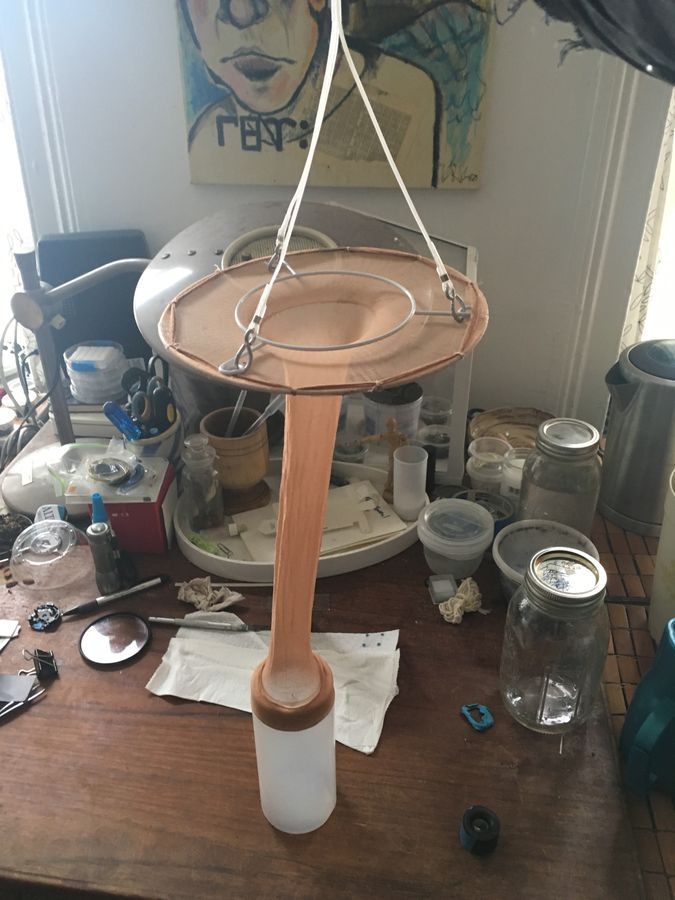
The DIY plankton net has proven to be one of the best bits of equipment for catching and looking at the microcosmos. Aside from being very effective at catching critters, it’s also easy to make from spare parts (usually for under $20). I discovered this the hard way when my drag line snapped on the first day and I lost my rig (protip: don’t use light twine for drag netting). Fortunately, I was able to make a new one with no problem, and was back in business the next day.
My favorite hunting grounds are the intertidal waters between Townsend Inlet and Corson Inlet in southern NJ. The water is silty and murky, and even at a chilly 60ºF, full of tiny organisms. Among them, actual fish!
My favorite hunting grounds are the intertidal waters between Townsend Inlet and Corson Inlet in southern NJ. The water is silty and murky, and even at a chilly 60ºF, full of tiny organisms. Among them, actual fish!
I’m experimenting with slow motion videos in this. The fish larva in question would swim away from my lens whenever I brought it over, so I had to film it in extreme slow motion to catch it for more than a glimpse. The magnification brings out features you would never expect to see on the fish, most notably the camouflaging blotches of color exploding like fireworks across its body.
Of course, the fish had to be feeding on someone. The usual suspects of small crustaceans made themselves known. In this case, the numerous copepods were joined by several water fleas of the genus Podon.
Of course, the fish had to be feeding on someone. The usual suspects of small crustaceans made themselves known. In this case, the numerous copepods were joined by several water fleas of the genus Podon.

Most interestingly to me, though, was the number of jellyfish larvae swimming around. These seemed to be of different species or of different points in their development, and they ranged from twitching medusas to rounder, more balloon-like cnidarians swimming through the water like zeppelins.
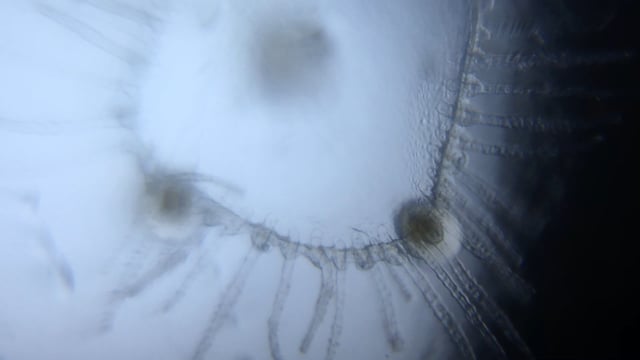
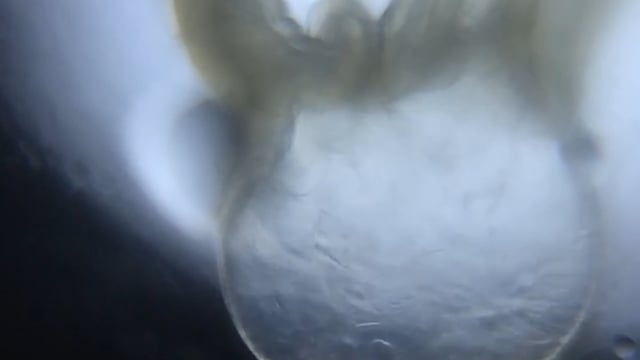
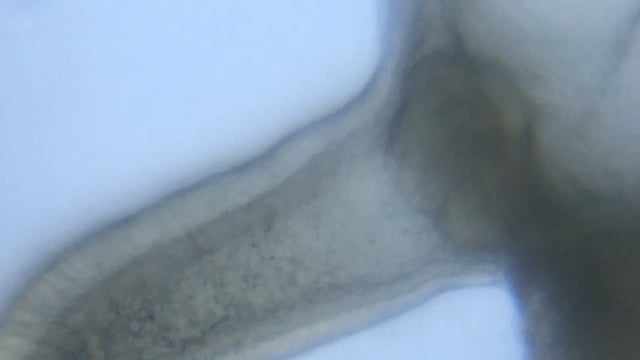
And then, of course, the ubiquitous polychaetes in the water, in this case, the free swimming larvae of creatures that would be settling down to burrow tubes in the mud.
As I wrap up one project, I’m looking forward to getting back to the water to talk with the fishers there and to try my hand at netting some deeper water samples.
More on the slo-mo in a later post.
More on the slo-mo in a later post.
Sign in to commentNobody has commented yet... Share your thoughts with the author and start the discussion!
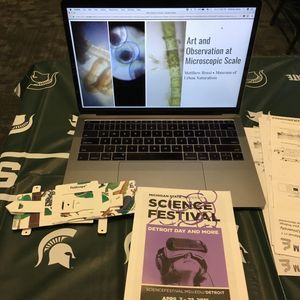
 0 Applause
0 Applause 0 Comments
0 Comments




